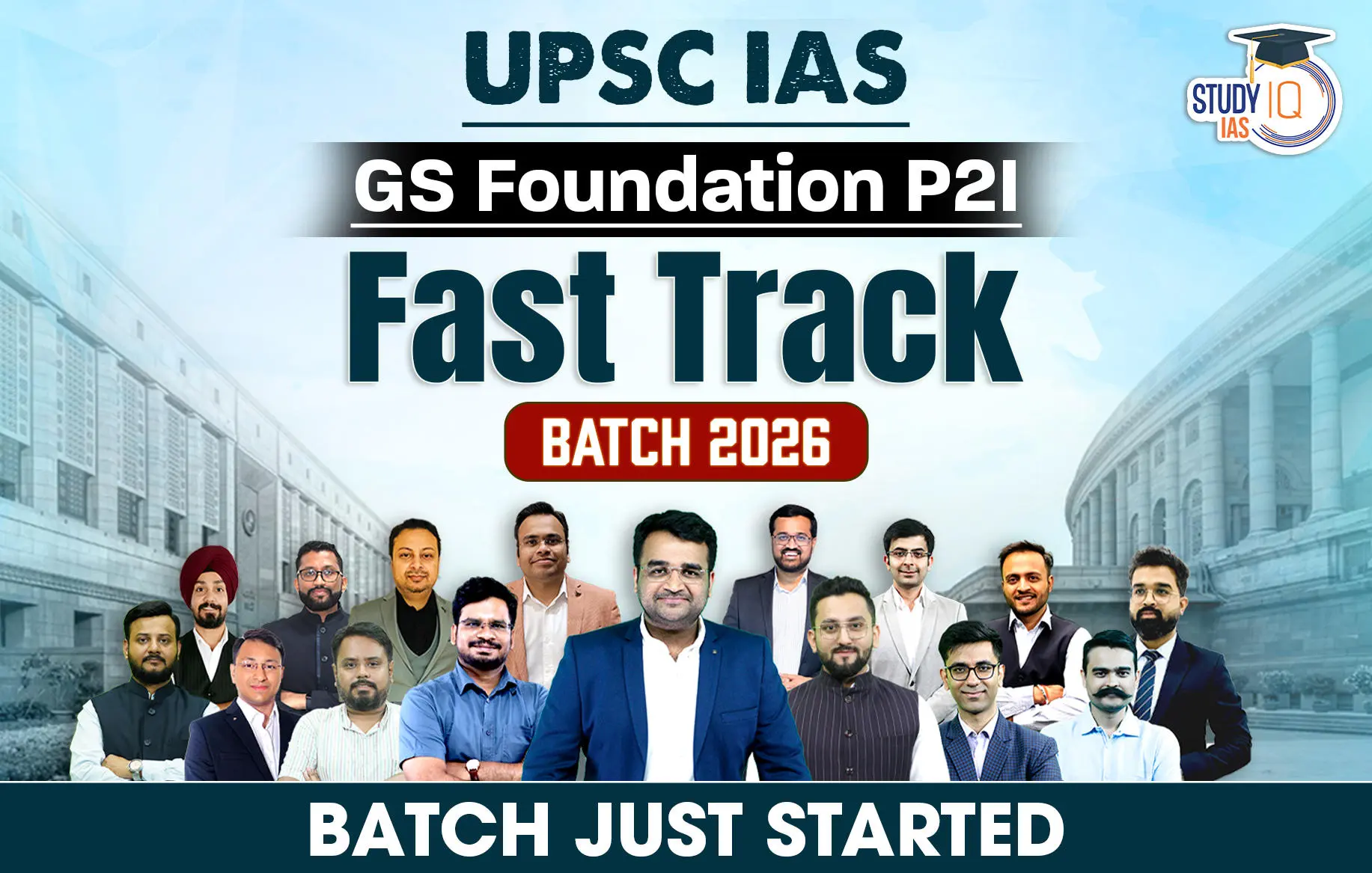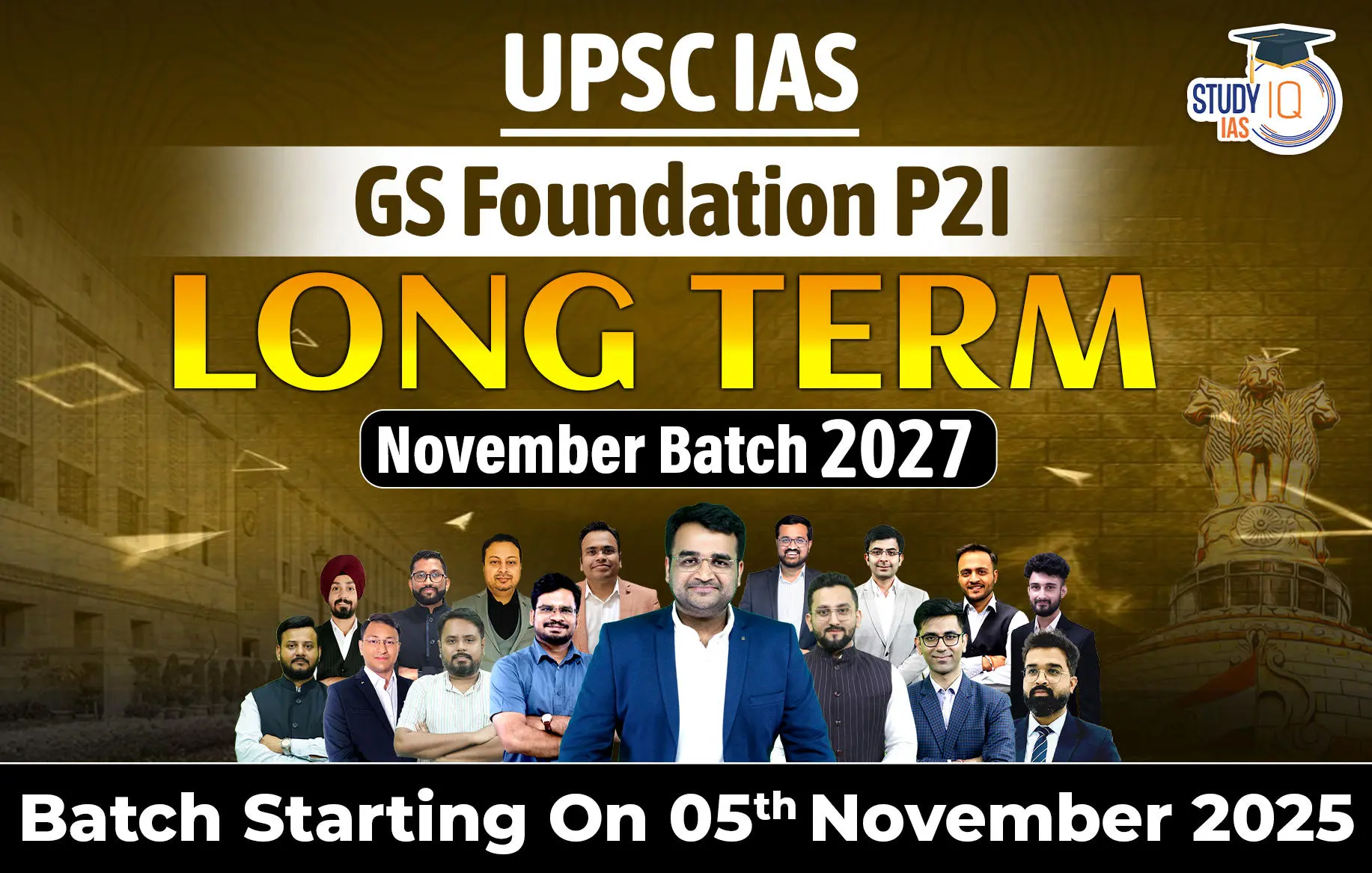Table of Contents
Local Environmental Footprints
Context: A recent study revealed significant disparities in environmental footprints among Indian households across different economic classes.
Study Overview
- Title: “Water, air pollution and carbon footprints of conspicuous/luxury consumption in India.”
- Focus: Examines CO2, water, and particulate matter (PM2.5) footprints associated with luxury consumption among different economic classes in India.
- Luxury Consumption Basket: Includes dining out, vacations, furniture, social events, etc.
Methodology
- Input/Output Analysis: The study used this method to map household consumption to the resources/materials involved in production.
- Water Footprint: Quantified water usage throughout production stages and direct household usage.
- 5 Footprint: Included embedded and direct emissions from household activities like fuelwood and vehicular fuels.
- CO2 Footprint: Captured both embedded and direct CO2 emissions from household consumption.
Key Findings
- Increase with Wealth: Environmental footprints increase from poorer to richer economic classes.
- Richest 10%: Footprints are approximately double the overall average.
- Surge in Footprints: Notable increase from the ninth to the 10th decile:
- Air Pollution Footprint: Increased by 68%.
- Water Footprint: Increased by 39%.
- CO2 Emissions: Increased by 55%.
- Top Decile Consumption: Reflects substantial increases in environmental footprints, primarily due to luxury consumption.
Key Contributors to Environmental Footprints
- Eating Out/Restaurants: Significant contributor across all three footprints in top decile households.
- Water Footprint: Driven by the consumption of fruits and nuts in the 10th decile.
- Luxury Items: Personal goods, jewellery, and eating out contribute to increased CO2 and air pollution footprints.
- Fuel Use: Poorer households using firewood highlight contrasting impacts of energy transitions:
- Transition to LPG: Reduces direct footprints, but affluent lifestyle choices increase PM2.5 and CO2 footprints.
Comparative CO2 Footprint
- Top Decile in India: The average per capita CO2 footprint is 6.7 tonnes per year.
- Global Average (2010):7 tonnes per capita.
- Paris Agreement Target: 1.9 tonnes CO2eq per capita per year.
- Comparison with U.S. and U.K.: Still below average levels, but significant enough to require policy attention.
Policy Implications
- Elite Lifestyles: Influence broader societal aspirations; policymakers should prioritise reducing consumption levels of affluent households to align with sustainability goals.
- Environmental Justice: Local and regional environmental issues disproportionately affect marginalised communities.
- Examples: Water scarcity and air pollution impact marginalised groups more, while affluent sections afford protective measures like air-conditioned cars and air purifiers.
- Multi-Footprint Analysis: Crucial for addressing environmental justice concerns and ensuring equitable sustainability efforts.
RBI’s Proposed Framework for Project Financing
Context: The Reserve Bank of India (RBI) has proposed a framework to strengthen regulations around financing for projects with long gestation periods in infrastructure, non-infrastructure, and commercial real estate sectors.
Purpose of the Framework
- Objective: Strengthen the regulatory framework for financing long-gestation projects in infrastructure, non-infrastructure, and commercial real estate sectors.
- Challenges: Infrastructure projects have long gestation periods with a high probability of financial non-viability.
- They may require longer-tenure loans and face multiple obstacles, leading to delays or cost overruns.
- Statistics: Ministry of Statistics and Programme Implementation’s March review of 1,837 projects found 779 delayed and 449 with cost overruns.
- Delays were due to factors like land acquisition, forest/environment clearances, and changes in scope.
Key Revisions in the Framework
- Mitigation Focus: Addressing ‘credit events’ such as defaults, extension of the Date of Commencement of Commercial Operations (DCCO), need for additional debt, and reduction in Net Present Value (NPV) of projects.
- Provisioning:
- At the construction stage, a general provision of 5% on all existing and fresh exposures is recommended, revised from 0.4%.
- Implemented in a phased manner.
- CareEdge Ratings noted this could reduce bidding interest from infrastructure developers in the medium term.
Prudential Conditions
- All mandatory pre-requisites must be in place before financial closure, including environmental, regulatory, and legal clearances.
- Clear definition of DCCO.
- Financial Disbursals: Linked to stages of project completion and equity infusion progress.
- Independent Certification: Banks must deploy independent engineers or architects to certify project progress.
- Positive NPV Requirement: Mandate a positive NPV for project finance and independent annual re-evaluation of project NPV to avoid stress build-up.
Repayment Norms
- Tenure Limits: Original or revised repayment tenure, including moratorium, must not exceed 85% of the economic life of the project.
- Repayment Schedule Revision:
- Allowed before DCCO if project scope and size increase.
- Must be reassessed for viability if project cost risk (excluding overruns) is 25% or more of the original outlay.
- Standby Credit Facility: Guidelines for triggering a standby credit facility sanctioned at financial closure to fund overruns due to delays.
Impact on Financial Institutions
- Higher provisioning requirements may impact near-term profitability of non-banking financial companies and infrastructure financing companies (ICRA observation).
- Major banks (SBI, Union Bank of India, and Bank of Baroda) expressed confidence that the proposal would not have a significant impact.
Turbulence
Context: One person died, and some injuries were reported in a Singapore Airlines flight (SQ321) from London to Singapore when it encountered severe turbulence.
What is Turbulence?
- Turbulence is a disruption of airflow over the wings of an aeroplane, causing irregular vertical motion.
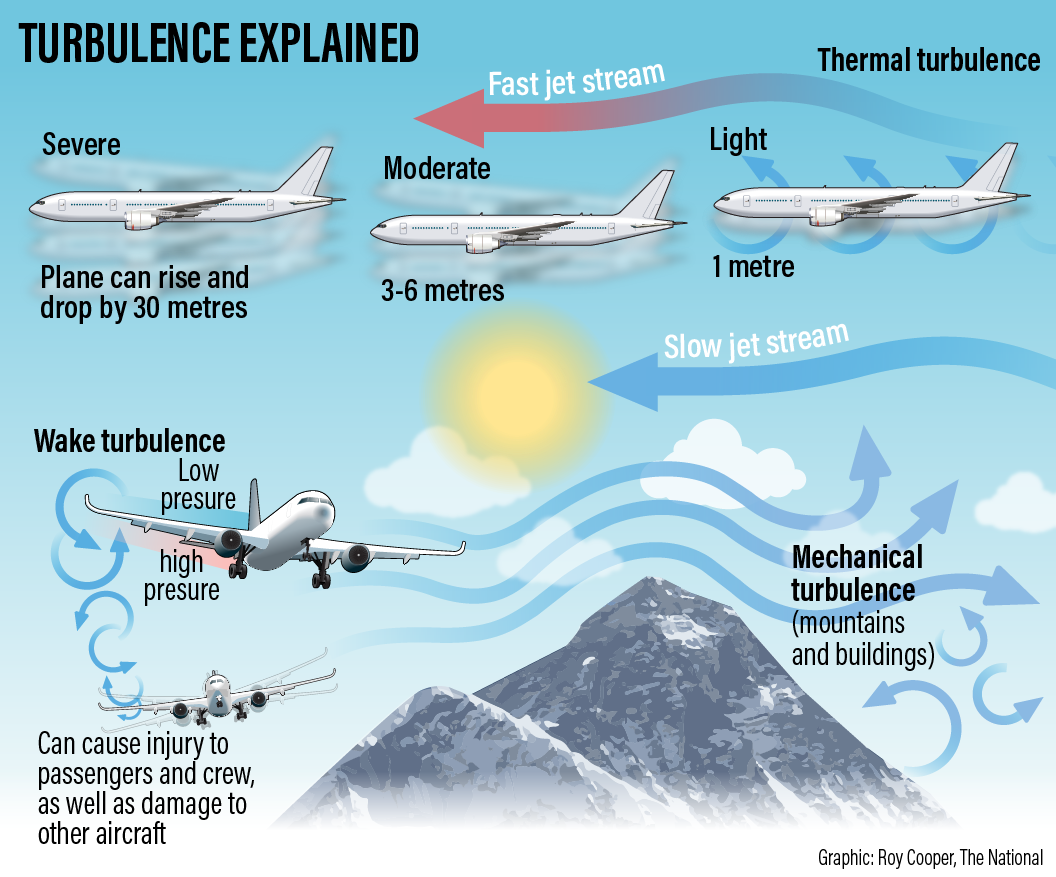
- There are at least seven kinds of turbulence:
- Clear Air Turbulence (CAT): Occurs in clear skies, usually at high altitudes, and can be caused by wind shear within the jet stream.
- Frontal Turbulence: Happens near weather fronts where warm and cold air masses meet, leading to unstable air and potential thunderstorms.
- Mechanical Turbulence: Caused by obstructions on the ground, like buildings or mountains, that disrupt the flow of air.
- Convective Turbulence: Results from thermal columns or rising warm air, often associated with cumulus clouds and thunderstorms.
- Wake Vortex Turbulence: Generated by the wingtips of large aircraft, creating swirling vortices that can affect following aircraft.
- Wind Shear: Sudden changes in wind direction, usually near thunderstorms or jet streams.
- Mountain Waves: Oscillations on the downwind side of mountains when strong winds flow towards mountains perpendicularly.
Are Turbulence Incidents Dangerous?
- The danger depends on the nature and intensity of the turbulence.
- Pilots are trained to handle turbulence, but severe cases have caused accidents.
- Contributing factors include poor pilot training, lack of weather information dissemination, and inadequate weather forecasting.
- Example: In 2022, a SpiceJet Boeing 737-800 encountered severe turbulence, resulting in injuries to passengers.
Passenger Safety Measures
- The Federal Aviation Administration (FAA) advises passengers to keep their seat belts fastened at all times.
- Passengers should:
- Follow flight attendants’ instructions.
- Pay attention to seat belt signs.
- Use seat belts even when the flight appears smooth.
- Ensure children have appropriate safety devices.
- Store carry-on items securely.
Airlines’ Avoidance Measures
- The FAA recommends airlines to:
- Enhance communication with pilots.
- Monitor weather patterns and adjust flight paths accordingly.
- Advise pilots on potential turbulence areas.
- Use weather data to plan safer routes and avoid hazardous conditions.
Examples, Data And Case Studies
- Governance (GS 2): The Supreme Court ruled that lawyers, as professionals, cannot be subjected to legal proceedings for providing faulty services under the Consumer Protection Act 2019 (CPA).
- However, it rejected similar arguments for medical professionals and decided that its judgement in Indian Medical Association vs V P Shantha (1995) should be referred to a larger bench for reconsideration.


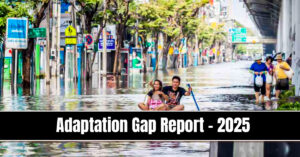 UNEP Adaptation Gap Report 2025: Running...
UNEP Adaptation Gap Report 2025: Running...
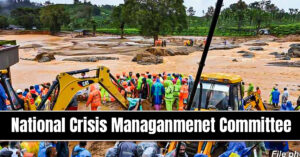 National Crisis Management Committee (NC...
National Crisis Management Committee (NC...
 APEDA Facilitates First-Ever Air Shipmen...
APEDA Facilitates First-Ever Air Shipmen...

